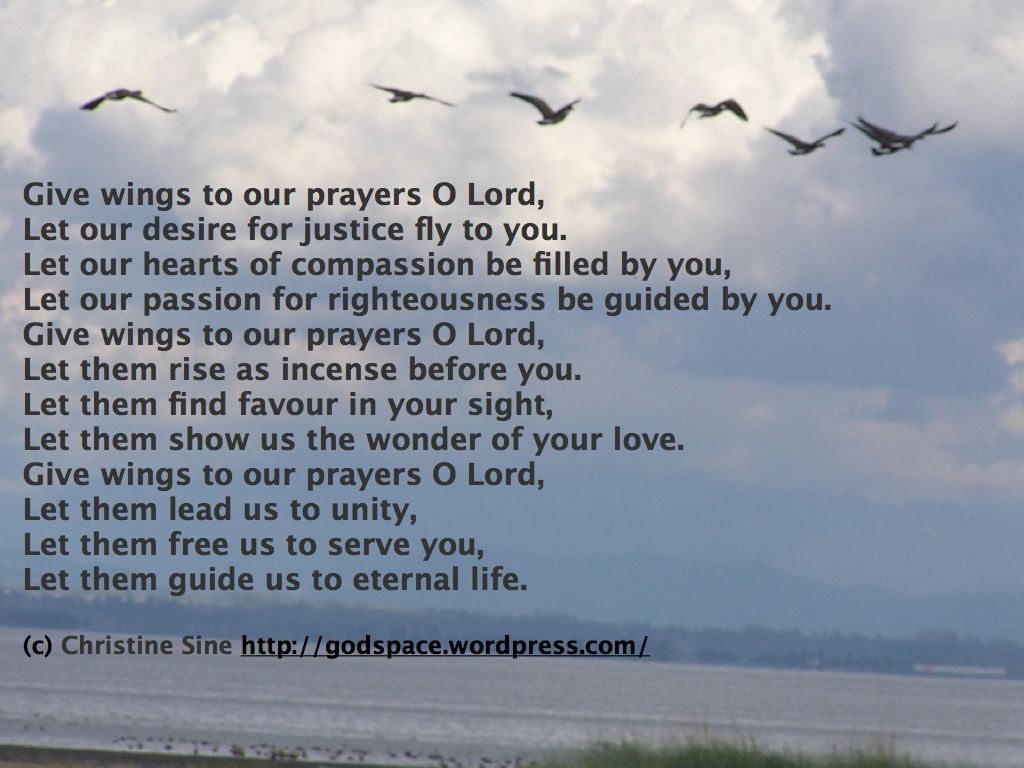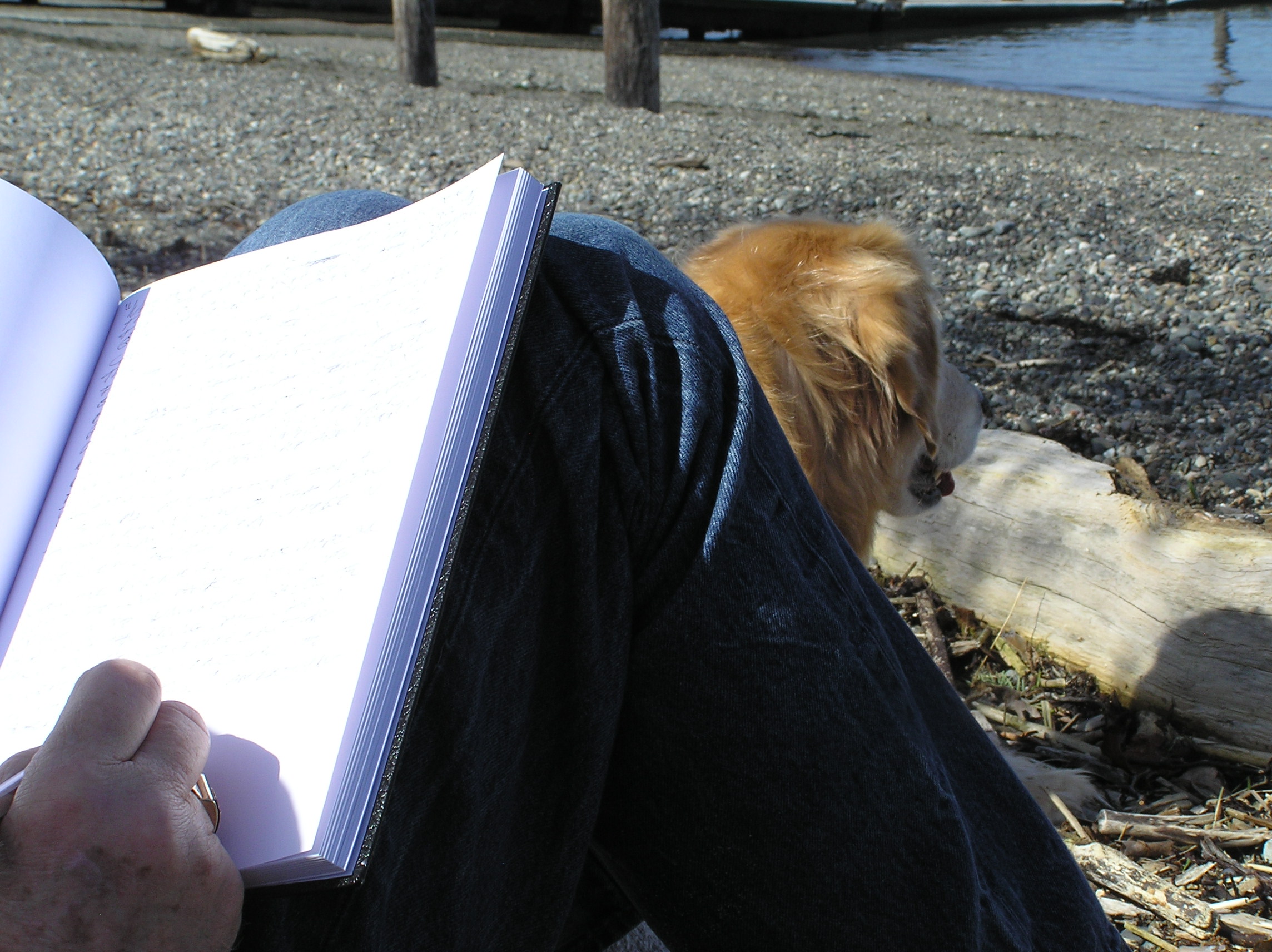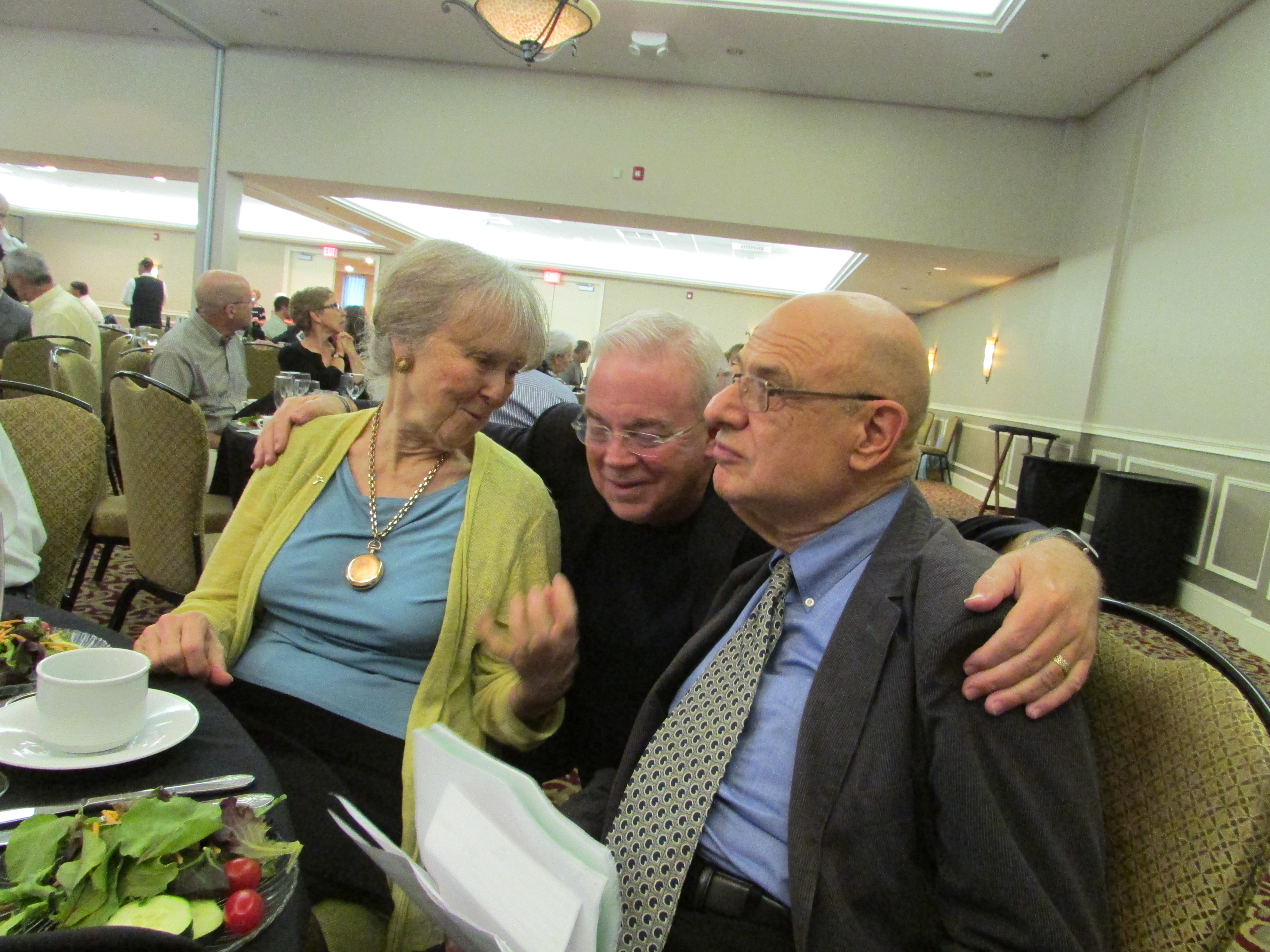This post consists of prayers posted each day on the Light for the Journey Facebook page – enjoy
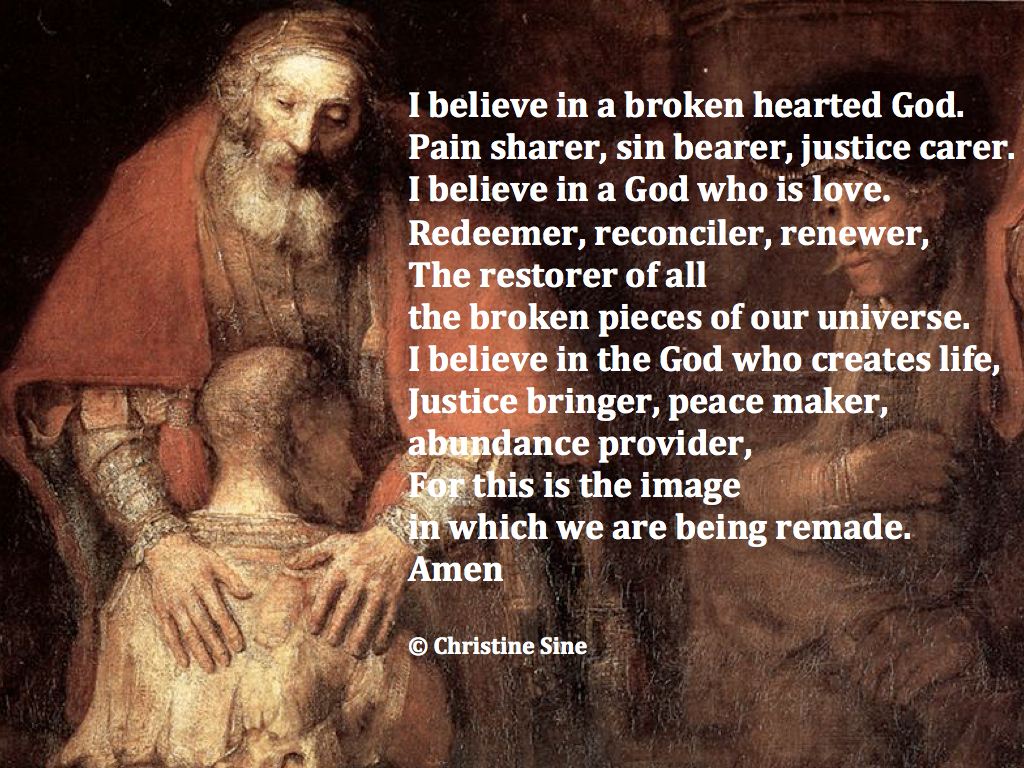
Today’s prayer inspired by this quote from Jan Johnson’s book When the Soul Listens:
“Contemplative prayer and the contemplative lifestyle it will create, is really for those who are ready to quit the small, self-absorbed confines of the old man… and be made new. And nothing is newer in this world than a man or a woman who is alive with God’s love”
God almighty, lover of my soul
May we seek you for yourself alone,
May we know the wonder of you love,
Above, below, before, behind,
May it fill, surround and hold us.
Amen
© Christine Sine
May our ears be attuned
to the whisper of God,
our hearts open
to the love of God,
our voices raised
in the worship of God
and our lives transformed
by the power of God.
(faithandworship.com)
Give wings to our prayers O Lord,
Let our desire for justice fly to you.
Let our hearts of compassion be filled by you,
Let our passion for righteousness be guided by you.
Give wings to our prayers O Lord,
Let the rise as incense before you.
Let them find favour in your sight,
Let them show us the wonder of your love.
Give wings to our prayers O Lord,
Let them lead us to unity,
Let them free us to serve you,
Let them guide us to eternal life.
© Christine Sine
A beautiful litany from The Celtic Way of Prayer by Esther de Waal – one of my favourite Celtic books
O true Priest, O true Physician, O true Prophet, O true Friend,
Forgive.
O only Sustainer of the Threefold mansion,
O only life of all created things,
O only Light of the seven heavens,
Forgive.
O Subject of the Scriptures meditation.
O Object o the chief prophets search,
O Marrow of true wisdom,
O Father of life,
O Voice of the people.
Forgive.
(Note: the threefold mansion is earth, heaven and hell.
© Christine Sine
God of the past,
accept the people we have been
and the baggage we drag behind us.
God of the present,
accept the people we are now
and the potential that lies within us.
God of the future,
accept the people we could be
and by your Spirit transform us.
© http://www.facebook.com/faithandworship
God before me
God beside me
God behind me
God is with me
God to lead me
God to accompany me
God to provoke me
God is with me
God my light
God my companion
God my shield
God is with me
God the Father
God the Son
God the Spirit
The Three in One
Amen
Amen
Amen
Amen
Micha Jazz http://stcuthbertsoratory.wordpress.com/prayer-cell/
Transition Time
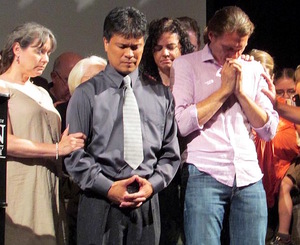 Tom and I have just returned from Evangelicals for Social Action’s 40th Anniversary celebration. Tom had the privilege of participating in an hilarious roast celebrating the retirement of Ron Sider, founder of ESA.
Tom and I have just returned from Evangelicals for Social Action’s 40th Anniversary celebration. Tom had the privilege of participating in an hilarious roast celebrating the retirement of Ron Sider, founder of ESA.
It was a delight to share vision with the new ESA presidents Al Tizon and Paul Alexander. They also reminded us that change especially on this scale, is both scary and filled with possibility and promise.
This is a time of change and transition for Mustard Seed Associates too, not on the same scale as in ESA, but change none less that can be scary as well as offering new possibility and promise.
- Mustard Seed House is in transition
- Mustard Seed Village is in transition
- Mustard Seed Board is in transition.
What’s Happening at the Mustard Seed Village?
The 22nd Celtic retreat is coming fast. This year’s program offers new and exciting opportunities that reflect some of our transitions. Inspired by St Brendan, our featured Irish saint, who sailed into new and unchartered waters in the 5th century, our retreat has us sailing into new waters and exploring new expressions of life and faith. Our theme, Celebrating the Newness, has taken on a prophetic edge not just in the development of the new youth program, but also as we work with collaborators Ryan Marsh and Kendra Long to reshape and strengthen our existing adult and children’s programs.
This retreat will feature a new and experimental program for youth 13-18 years. Led by Cindy Todd, this progam will invite participants to explore their God given creativity and reflect on ways it can be used to create new sustainable models for life and faith.
For all of us, the afternoon will provide many active ways to express our faith from painting a Celtic mural for our new building, to walking prayer trails and our labyrinth. We may also get to make solar cookers and build boats to journey with Brendan.
For those that spend the weekend we offer extended times for quiet reflection as well as great times of fellowship and fun interwoven with a rhythm of morning and evening prayer. In the afternoon we will also dedicate our new, though still unfinished building, celebrating another step forward for the Mustard Seed Village.
We are especially grateful for those of you who contributed to Graham Kerr’s appeal which helped us raise the beams and begin roof construction. If you want to contribute there is still time to do so.
What’s Happening at the Mustard Seed House?
The Mustard Seed House is changing too. At the end of May we said goodbye to Ricci and Eliacin and their kids Catie, Gabriel and Elias who have moved to a new house in Shoreline. They have been an important part of not just the Mustard Seed House community but of the MSA team in the last 7 years.
Ricci and Eliacin played central roles in helping us rethink MSA as a community based organization. Together we experimented with the Quaker discernment process and integrated it into the life of MSA. Together we experimented with morning and evening prayers, which became our first MSA publication Light for the Journey.
It was Eliacin who encouraged me to start blogging and helped us connect to new networks in the Pacific Northwest. Ricci and Catie facilitated the expansion of the Mustard Seed garden into the productive ministry it is today. Ricci’s work with the MSA publications Waiting for the Light, Prayers of a Difference Sort, and A Journey into Wholeness has been invaluable. Their presence will be missed though their friendship will continue.
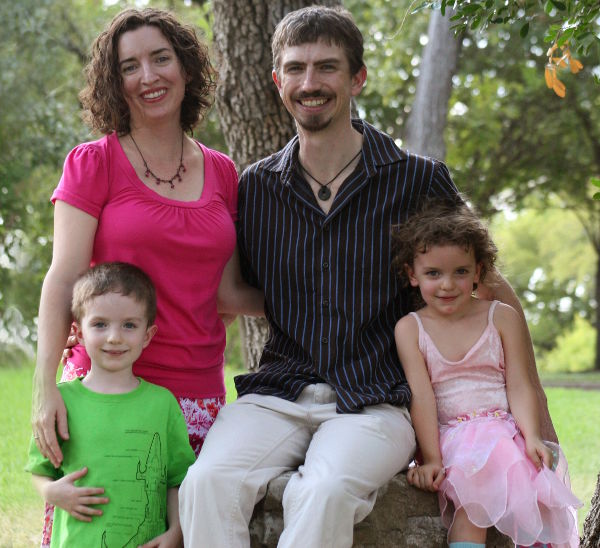 At the beginning of June we welcomed Michael and Kristin Carrocino and their kids Mirella and Caedmon to the Mustard Seed community. We are enjoying getting to know each other and exploring ways that this new community can express the purposes of God’s kingdom together. Mirella has already planted her first garden and Kristen has begun editing A Journey into Wholeness. Michael started work at the beginning of July as the new curate at St Mark’s Cathedral.
At the beginning of June we welcomed Michael and Kristin Carrocino and their kids Mirella and Caedmon to the Mustard Seed community. We are enjoying getting to know each other and exploring ways that this new community can express the purposes of God’s kingdom together. Mirella has already planted her first garden and Kristen has begun editing A Journey into Wholeness. Michael started work at the beginning of July as the new curate at St Mark’s Cathedral.
What’s Happening with the MSA Board?
In the last year we have said goodbye to four Board members: Coe Hutchison, Shonnie Scott, Paul Stephenson and Jill Alyard Young. All have served faithfully for at least ten years but relocation and new commitments make ongoing participation challenging. They continue to participate in the broader circle of Mustard Seed Associates however, providing valuable encouragement, support and advice.
New Board members Jonathan and Jennifer Campbell, Neil Gavin and J.Paul Fridenmaker, are stirring us to reimagine new possibilities for how we carry out our goals and live into God’s purposes for us. We affirmed the already existing MSA vision and goals but began discussing new ways in which these might be expressed. We appreciate your prayers as we discern God’s will for us for the future.
What’s Happening with Cascadia?
The cancellation of the Cascadia CCSP program for September because of lack of students was a disappointment for all of us. We are passionate about the need for sustainability education for university students and believe that this program will still come into being but for the foreseeable future it is on the backburner. The indefinite postponement of CCSP Cascadia has planted new seeds, however. Some of these are already beginning to emerge as new partnerships and collaborative relationships.
“View every MSA venture as a collaborative opportunity”, Jonathan Campbell encouraged at a recent Board retreat, and as we look to the future we sense that collaborative partnerships will be key to our ongoing development.
What’s Happening with the MSA web?
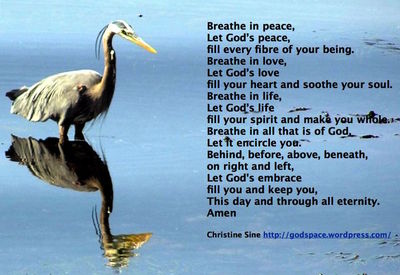 Tom and I have both just read The New Digital Age, by Eric Schmidt and Jared Cohen, a challenging book that some describe as a guide to the future. It talks about how technology is reshaping war, peace, freedom and people. It is also reshaping faith, spiritual practice and discipleship. This encourages us to realize that our new developments on the web are vital to our journey.
Tom and I have both just read The New Digital Age, by Eric Schmidt and Jared Cohen, a challenging book that some describe as a guide to the future. It talks about how technology is reshaping war, peace, freedom and people. It is also reshaping faith, spiritual practice and discipleship. This encourages us to realize that our new developments on the web are vital to our journey.
The popularity of prayers, like this new breath prayer and resources like this post on creating spiritual resilience, shows the vital need for connecting followers of Jesus to ongoing resources that ground us in our faith.
 There is also a growing interest in resources like Andy Wade’s series, Intentionally Ordinary, that stir our imaginations encouraging us to create new possibilities for life and faith for the future. We ask for your continued prayers and support as we reshape these areas of our ministry.
There is also a growing interest in resources like Andy Wade’s series, Intentionally Ordinary, that stir our imaginations encouraging us to create new possibilities for life and faith for the future. We ask for your continued prayers and support as we reshape these areas of our ministry.
Pray for us in transition time
- Pray for the MSA team and Board as we work together to discern God’s purposes for MSA into the future
- Pray for the ongoing construction of the Mustard Seed Village and the finances needed to complete it.
- Pray for our upcoming Celtic Prayer retreat and the spiritual renewal of all who attend.
- Pray for the reshaping of the MSA website and Godspace which will continue over the next few months
- Pray for Tom as he works on his new book Join the Innovation Revolution.
Today’s post is the second written by Brad Culver who is presently homesteading in eastern Ontario and also involved in an inter-faith community. The article was first published on National ThoughtWorks Blog Brad also blogs at Living Water from an Ancient Well
And every common bush afire with God;
But only he who sees, takes off his shoes,
The rest sit round it and pluck blackberries,
And daub their natural faces unaware.
Elizabeth Barret Browning
Mundane = common place
God is found in the common places. He walked in the cool of the day. He was found in the still small voice. He rides on the wings of the wind. His glory is etched in the drifting clouds above. Present in the fragrance of a flower. Jesus lived in the ordinary world, ate ordinary food, walked among ordinary people, miracles were performed in common place in ordinary moments, at a wedding, on a hillsides, along dusty roads in the parching heat of the day.
The mundane moments of daily life are ripe with His presence, doing the dishes, driving to work, nursing the baby, waiting on tables, walking in the woods. The Celtic culture nurtured and facilitated a sacramental approach to life. Not only recognizing but expecting Gods presence in the ordinary routine and rhythm of the day.
The Celt’s recognized and celebrated the sacred in the common place. They anticipated and invited the presence into everyday activities such as setting the fireplace, milking the cow, churning the butter, ploughing the fields.
“I AM smooring the fire As the Son of Mary would smoor Blest be the house, blest be the fire, Blest be the people all.” (a blessing for preparing the night hearth)
“The guarding of God and the Lord be yours… Traveling mead’s long and grassy…Be the bright Michael king of the angels Protecting, and keeping, and saving you.” ( a portion herders prayer)
These Celtic missionary wanders became known as the Peregrini.
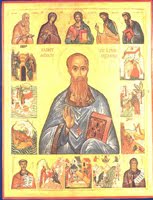 The Peregrini, (among their number Columba,Columbanus and Aidan) journeyed to the nearby northern islands, the Orkneys and Faroes. Then on to Scotland, England, the forests of Germany, the rugged hills of Gaul, the foothills of the Alps, the valleys of the Rhine and the Danube, and to the cities and remote valleys of Italy. Some went singly, as hermits, others, in small groups, often numbering up to 13, imitating Jesus and the Twelve. Their numbers multiplied so greatly that they became a characteristic feature of Western Europe through most of the period from 500 to 950
The Peregrini, (among their number Columba,Columbanus and Aidan) journeyed to the nearby northern islands, the Orkneys and Faroes. Then on to Scotland, England, the forests of Germany, the rugged hills of Gaul, the foothills of the Alps, the valleys of the Rhine and the Danube, and to the cities and remote valleys of Italy. Some went singly, as hermits, others, in small groups, often numbering up to 13, imitating Jesus and the Twelve. Their numbers multiplied so greatly that they became a characteristic feature of Western Europe through most of the period from 500 to 950
Today’s post is written by Brad Culver who for over 25 years, together with his wife Mary has given leadership to non-traditional faith communities. One being the Refuge (and the Refuge Café) an alternative (emergent) faith community, which was birthed in 1994 and continues on today under younger leadership. Presently we are homesteading in eastern Ontario and are involved in an inter-faith community. The article was first published on National ThoughtWorks Blog Brad also blogs at Living Water from an Ancient Well
11And he said, Go forth, and stand upon the mount before the LORD. And, behold, the LORD passed by, and a great and strong wind rent the mountains, and brake in pieces the rocks before the LORD; but the LORD was not in the wind: and after the wind an earthquake; but the LORD was not in the earthquake: 12And after the earthquake a fire; but the LORD was not in the fire: and after the fire a still small voice. 13And it was so, when Elijah heard it, that he wrapped his face in his mantle, and went out, and stood in the entering in of the cave. And, behold, there came a voice unto him, and said, What doest thou here, Elijah? 1Kings 19:11-13
Between keeping ourselves distracted and waiting we miss a lot in life. Waiting for when I grow up. Waiting to get that job. Waiting to find that special person. Waiting to retire . Waiting to that buy new whatever. We live in anticipation of some future fulfillment.
In my faith journey i had observed in my self and others particularly in ‘spirit filled’ circles much of life being projected into the future and taken up with passing time, waiting for something to happen. Waiting for the fire to fall Waiting for that revival to break out. Waiting for that miracle. Waiting for the next move of God. We anxiously await the big thing to unfold in our lives, passing time till we die and “go to heaven.”
Most of the “big moments” in our lives tend to take place in the ordinariness of daily life. God is to be found in the ordinary and mundane. We are often so busy we can’t see the forest for the trees. We miss the miracles unfolding before our eyes. We miss God’s immediate presence in the wonder of the ordinary.
Song writer Nick Cave captures this thought so beautifully in these lyrics from his song “Get Ready for Love”
Nothing much really happens
And God rides high in his ordinary sky
Until we find ourselves at our most distracted
And the miracle that was promised
Creeps silently by.
 I remember when it really hit me. God is present in the now, my life is unfolding now. The miracle is in this present mundane moment.
I remember when it really hit me. God is present in the now, my life is unfolding now. The miracle is in this present mundane moment.
God never promised to answer every question or be an easy access rabbits foot. What he has promised however, is that He would never leave us or forsake us. That he would be present with us at every moment, in all our joy and sorrow, in our waking in our sleeping, in our work and in our play.
What if we were to attempt to be conscious of God’s presence in the ordinary now, in daily situations? How would this transform our thoughts, our actions, our encounters with others?
Buddhists refer to this being present in each moment, each breath as mindfulness. For followers of Christ this can be understood as practicing the presence of God.
A 17th century Carmelite monk, Brother Lawrence considered “the practice of the presence of God’ to be at the center of authentic Christian spirituality. He learned the discipline of being constantly aware of Gods presence especially in the ordinary and mundane during his forty years of doing dishes and daily tasks for his monastic community.
He wrote, “There is not in the world, a kind of life more sweet and delightful, than that of a continual conversation with God. Those only can comprehend it who practice and experience it.”
Where can I go from your Spirit? Where can I flee from your presence? If I go up to the heavens, you are there; if I make my bed in the depths, you are there. If I rise on the wings of the dawn, if I settle on the far side of the sea, even there your hand will guide me, your right hand will hold me fast. If I say, “Surely the darkness will hide me and the light become night around me,” even the darkness will not be dark to you; the night will shine like the day, for darkness is as light to you. [Psalm 139:7-12]
Embracing the ordinary and cultivating the practice of becoming aware of Gods presence in the mundane moments and responding, could also be framed as life in the Spirit.
I remember in my early years as a follower of Christ one of my big questions was “how does one walk in the spirit”. I used to ask that of every Christian i meet.. It often got me into trouble. One day while reading The Pursuit of God by A. W Tozer. I came across this simple passage; “The universal presence of God is a fact. God is here.The whole universe is alive with his life…we have with in us the ability to know him if we will but respond to his overtures” and thus unfolds the mystery of the mundane.
Brad Culver Ontario Region
The summer is definitely in full swing here in Seattle and Tom and I are getting ready to head out of town for a retreat. I am browsing through my stacks of books both read and unread to see what I want to take with me. It is a daunting task – so many good books come across my desk each week. How do I or any of us decide?
1. First I like to take a spiritual devotional. At present I am using the New Zealand Book of Prayer. It’s morning and evening prayer are great ways to start and end my retreat days. I might also use the pray-as-you-go.org devotional put out by Jesuit Media Initiatives.
2. I always take a book that scratches where I itch from a spiritual perspective. This time I have three – two by Jan Johnson whose work on spiritual direction and lectio divina is always both practical and insightful. Savoring God’s Word and When the Soul Listens are both books I have used in the past that I love to return to when I need some spiritual discernment. Margaret Guenther’s Holy Listening: The Art of Spiritual Direction is my third choice. Not hard to tell that I am wanting to revisit my contemplative practices and renew my ability to listen to God on this retreat.
3. I like to take something that addresses my ministry focus. This time Imagination First: Unlocking the Power of the Possible by Eric Liu and Scott Noppe-Brandon.
4. I also take my bible, my journal, and my spiritual retreat log which is a compilation of all the notes from past retreats. I love to look back over these and sense the thread of God’s direction in my life. I love to savour the scriptures that have spoken to me in the past and ask what God may want to say through them or through other scriptures on this retreat.
Now obviously this is more than anyone can read in two days. But I like to have a good selection because even though I head off on retreat with a sense of the direction God is taking me, the details are not obvious until I spend undistracted retreat time in God’s presence. In the first few hours of retreat I might skim though all the books I have with me anticipating that God will grab my attention through something I read. Then I know which of the books I need to bury myself in for the next couple of days. I love to see how God develops this sometimes taking me down unexpected pathways.
Look back with gratitude, look forward with anticipation has become a mantra for my times away that stirs me to expect new things from God at every step.
Tom and I have just returned from the Evangelicals for Social Action conference Following Jesus 2013. It was a very impacting conference for both of us. At one of the panels, Lisa Sharon Harper raised the question Do we have the capacity for compassion? Soong-Chan Rah followed it up with a discussion on the importance of lament in the the Psalms. Evidently 40% of the psalms are Psalms of lament yet less than 10% of Christian worship deals with this theme.
Are these facts related? I think they are. Without lament there will be no compassion. Our ability to respond with compassion depends on our view of God and in part our view of God is shaped by our ability to lament, grieve and suffer with God when injustices are done either to us or others. Only a God of love can be broken hearted over the injustices and horrors of our world. Only a loving God can ache with compassion and grieve the results of sin to such a depth that no action, including the death of a beloved son, becomes too great a price to pay to overcome it.
Last week, I reread How God Changes Your Brain, which helps, at least neurologically, to explain this, The authors contend that the personality we assign to God has distinct neural paters that correlate with our emotional style of behavior.
Envisioning an authoritarian or critical entity-be it another person or God-will activate the limbic areas of the brain that generate fear and anger. Thus the brain is primed to fight. (111)
People with this world view tend to favour the death penalty, build up of military poer, punitive action towards illegal immigrants and “insist that prayer should be allowed in public schools.”
However when you perceive God as a benevolent force, a different part of the brain is stimulated in the prefrontal cortex.
Loving, compassionate images, faces, or thoughts activate a circuit that … suppresses the impulse to get angry or frightened. It also helps generate feelings of empathy towards others who are suffering or hurt.
I am not trying to reduce God to some neurological changes in our brain, but it does not surprise me that God changes us through neurological pathways. And according to this book, moving from an authoritarian to a loving God is easy.
1. One of the keys is meditation. Focusing on God as love, God as compassion, God as grieving and broken hearted. These images can literally change our minds. Simply focusing on compassion of an image of peace as we breathe deeply and relax, holding this thought for at least twelve minutes a day, builds and strengthens our neural circuits of compassion in a matter of months.
2. A second key is optimism, or perhaps for Christians, gratitude. Gratitude, thankfulness, being able to see the goodness of God in the midst of awful situation, believing that God is at work, comforting, caring renewing and looking for those signs makes a huge difference in our own ability to respond with love and compassion to those around us.
3.Listening and dialoguing with others. When we do not interact with the poor, the unjustly treated, the abandoned and the marginalized, it is easy for us to ignore their plight. Speaking creates and changes neural pathways. Dialogue can literally change our brains. The more we talk about peace, harmony, justice and abundance for all, the more we imagine these possibilities as realities, the more our brains are changed to believe the seemingly impossible is possible.
4. Faith. In How God Changes Your Brain, the authors suggest that the number one way to change our brains and our behavior, is though faith. Trusting our beliefs, thinking positively about our God of love, decreases stress, improves health outcomes, an improves our ability to cope with difficult situations. “Faith is essential for maintaining a healthy brain. ” affirm the authors – not something that should surprise those of us who are Christians.
But it is what we believe that really impacts our responses. I will finish this post with a prayer that you too might like to pray – and maybe meditate on the strengthen some of those neurological pathways. On the way home in the plane last night I wrote the following prayer – to remind myself of what kind of a God I believe in and why compassionate, loving responses are always necessary.
I believe in a broken hearted God.
Pain sharer, sin bearer, justice carer.
I believe in a love centred God.
Redeemer, reconciler, renewer,
The restorer of all the broken pieces of our universe.
I believe in the God of life,
Justice bringer, peace maker, abundance provider,
For this is the image in which we are being remade.
Amen
As an Amazon Associate, I receive a small amount for purchases made through appropriate links.
Thank you for supporting Godspace in this way.
When referencing or quoting Godspace Light, please be sure to include the Author (Christine Sine unless otherwise noted), the Title of the article or resource, the Source link where appropriate, and ©Godspacelight.com. Thank you!


